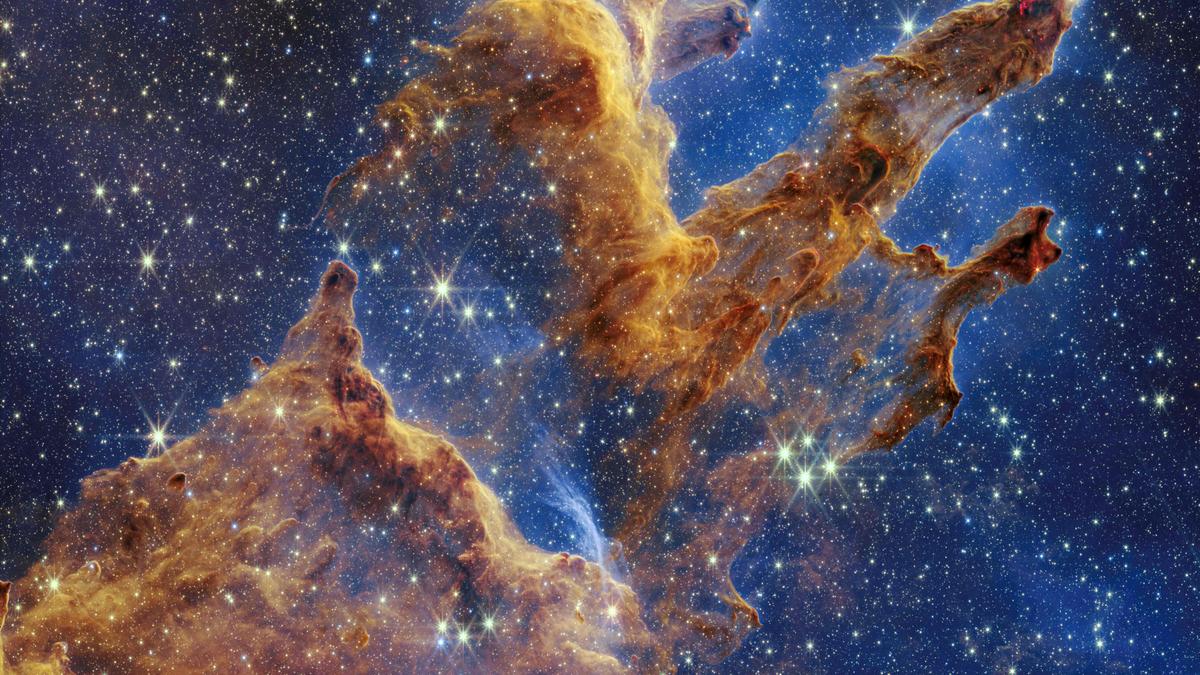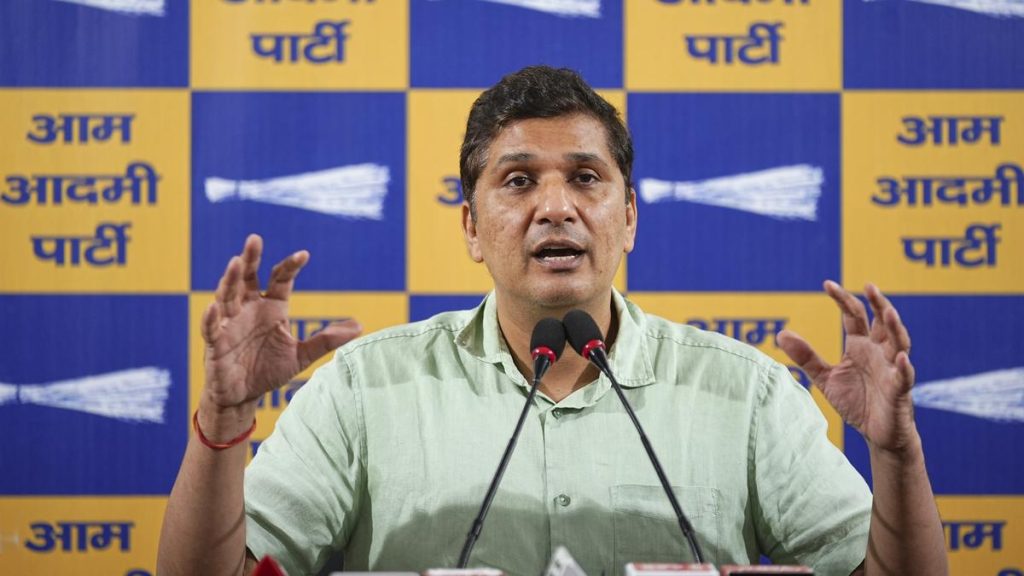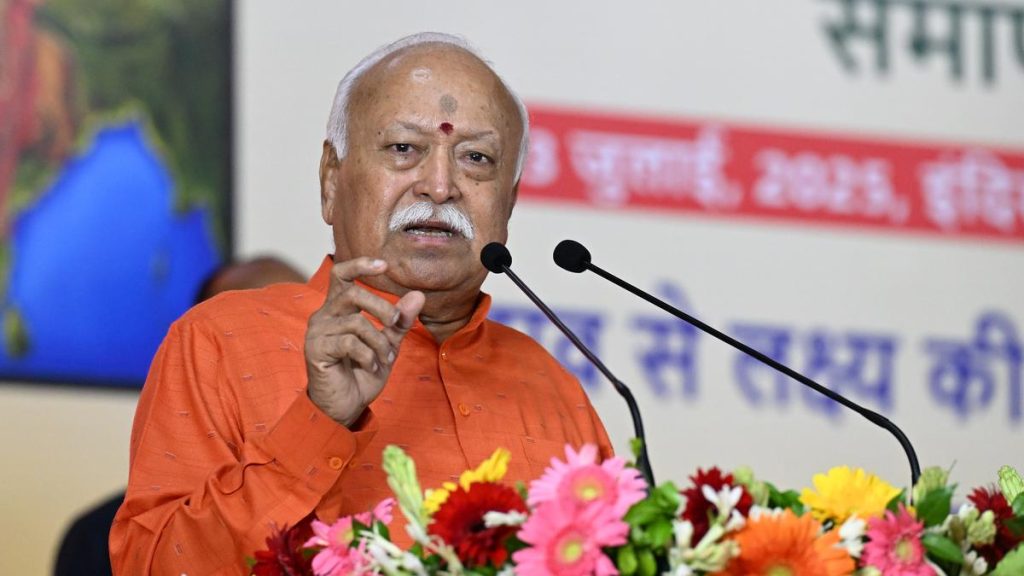Now Reading: IIA and French Researchers Unveil Advanced Method to Study Stellar Atmospheres
-
01
IIA and French Researchers Unveil Advanced Method to Study Stellar Atmospheres
IIA and French Researchers Unveil Advanced Method to Study Stellar Atmospheres

Fast Summary
- Researchers from teh indian Institute of Astrophysics (IIA) and Institut de Recherche en Astrophysique et Planétologie, France, have developed a method to model stellar atmospheres more realistically.
- The new approach enables more accurate simulations of stellar spectra, used by astronomers to study stars, circumstellar disks, and interstellar clouds.
- Traditional models assumed predictable velocity distributions for atoms in non-equilibrium energy states. This assumption was deemed unrealistic for certain atomic conditions like short-lived excited states.
- The new method incorporates full non-local thermodynamic equilibrium (FNLTE) radiative transfer to capture chaotic processes such as photon scattering,energy level fluctuations,and variable velocity distributions in greater detail.
- Initial tests with simplified two-level atoms progressed to three-level atom calculations that included processes like Raman scattering-improving accuracy compared to standard approximations.
- Results showed meaningful deviations from traditional Maxwellian velocity curves near the stellar surface where spectral data are collected by astronomers.
- This advancement could lead to better temperature and composition measurements of stars, enhanced understanding of planet formation in molecular clouds and circumstellar disks, and refined techniques for detecting Earth-like exoplanets.
Indian Opinion Analysis
The collaboration between Indian astrophysicists at IIA and their French counterparts signals a noteworthy leap forward in computational astrophysics. By addressing long-standing methodological challenges like the FNLTE radiative transfer problem-unsolved since it was conceptualized decades ago-this milestone deepens humanity’s ability to decode cosmic phenomena reliably.For India’s scientific landscape, such achievements enhance global credibility while contributing critical expertise toward international research.
Practically speaking, improved accuracy in simulating stellar spectra opens doors not just for academic curiosity but also direct applications-from understanding star formation dynamics critical to astronomy theory-building-to advancing exoplanet discovery technologies pivotal for space exploration missions. As India continues its prominent role on platforms promoting science diplomacy like ISRO or collaborations around telescopes/space stations developing globally; innovation here demonstrates serving outer limits unequivocally helpful societal benefits!
Read More: Link






















